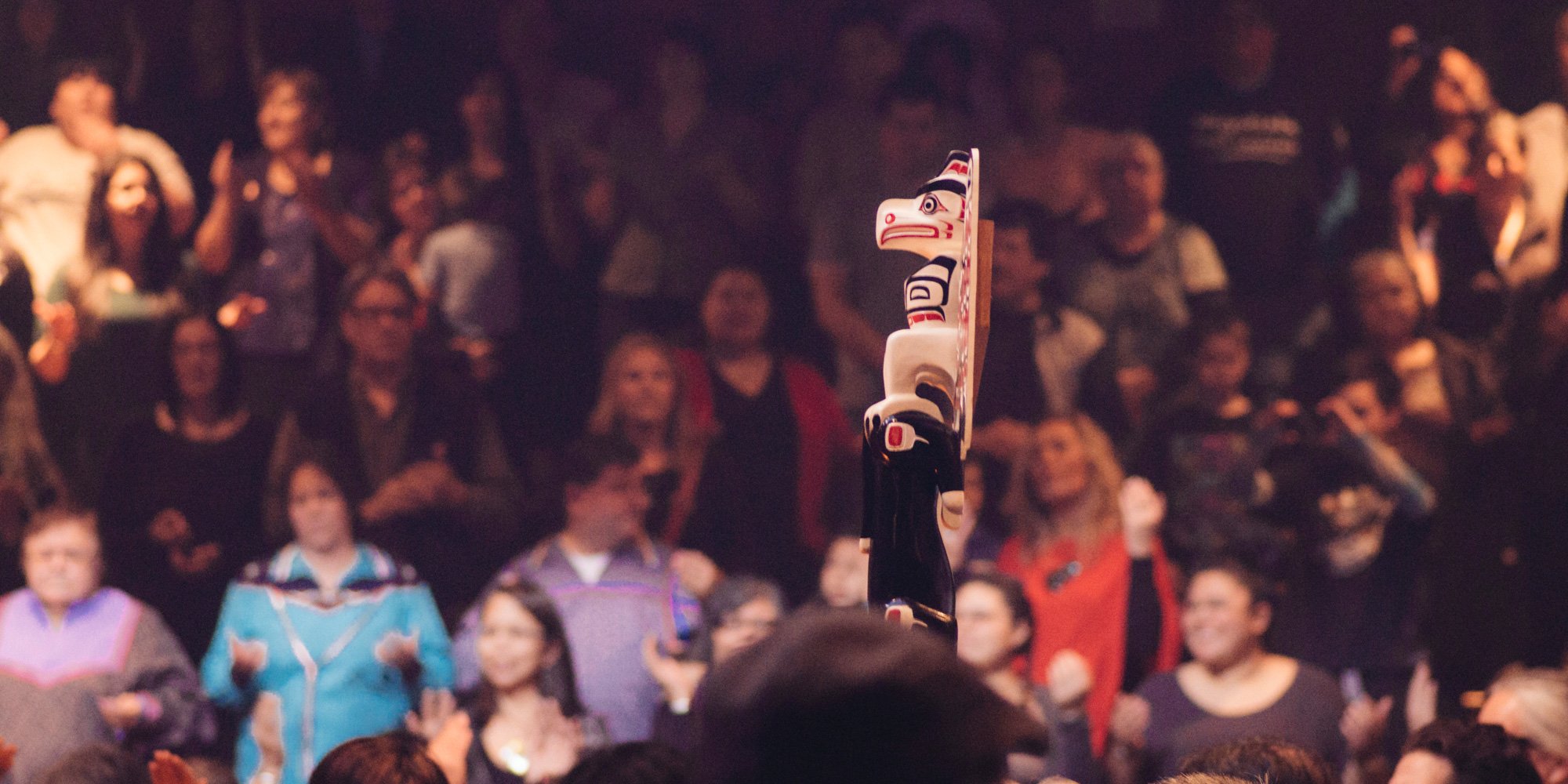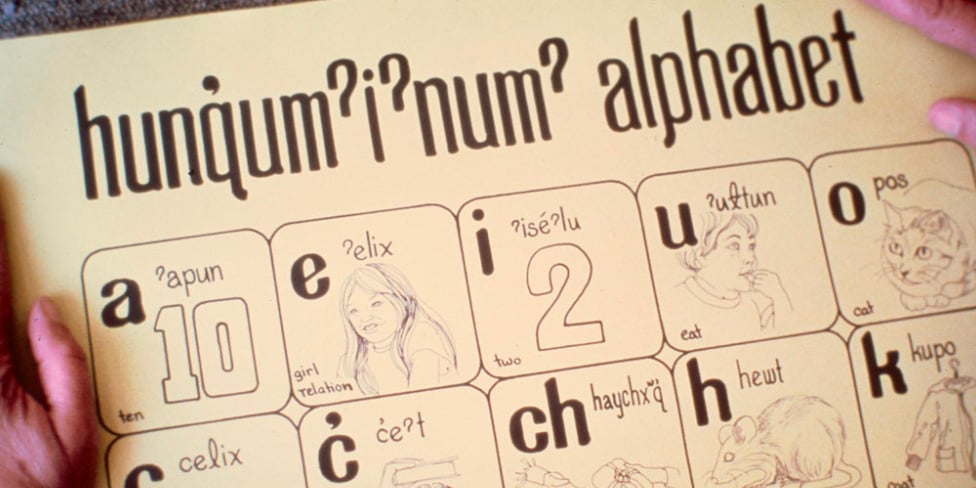First Nation Talking Stick Symbolism
In a previous article we wrote about the Talking Stick and associated protocol. Here we are going to explore some of the symbolism represented in the...

The Talking stick, used in many Indigenous cultures, is an ancient and powerful “communication tool” that ensures a code of conduct of respect during meetings is followed. The person holding the stick, and only that person, is designated as having the right to speak and all others must listen quietly and respectfully.
Talking sticks are most frequently used in council circles, ceremonies and at the beginning of cultural events such as potlatches, and in storytelling circles. Some cultures do not use a Talking Stick per se but use an eagle feather, wampum belt, peace pipe or sacred shell.
A great many schools have adopted the Talking Stick principles in their classrooms as a way to teach children patience, self-discipline and to respect the speaker and his/her words. The added bonus is the children additionally are learning about First Nation culture in a tangible way.
In terms of Indigenous Talking Stick protocols, it is important to remember that each Nation is unique in their culture, traditions and history so will have their own protocols. In this article, we are speaking of general protocols.
If you are invited to attend a meeting that involves a Talking Stick, either ask about protocol in advance and/or follow the lead of others. Here are some basic rules that if you follow you won’t go far wrong:
If an Elder is present, they speak first
All in attendance are expected to listen
Listen with respect, support, compassion and quietness
Listen carefully - do not repeat information that has already been shared
Allow ample time before your next appointment - do not check your watch
Turn off your phone
Interrupting is not allowed
When the Elder, or whomever, is holding the talking stick has finished speaking, the stick is handed to the next person in the circle
If the receiver does not wish to speak, it is passed to the next person
If you are handed the Talking Stick and wish to speak, introduce yourself first
When everyone who wishes to speak has spoken, the Talking Stick is handed back to the Elder for safekeeping
Consider bringing a gift of tobacco for any Elders who may be in attendance
Talking Sticks can be elaborately carved, brightly painted, unpainted, adorned with symbolic items such as fur, leather, feathers or unadorned and simple - the wood, the figures, the colours and the adornments all carry meaning but more on symbolism in another article.
Kinda makes one wish our politicians used the Talking Stick and time-honoured protocols to guide their meetings.

In a previous article we wrote about the Talking Stick and associated protocol. Here we are going to explore some of the symbolism represented in the...

Restorative Practice Circles are based upon the First Nations tradition of Talking Circles. First Nations, Metis & Inuit cultures are built upon oral...

Of the most spoken languages in the world, English is third after Mandarin Chinese and Spanish. But English is the most commonly spoken second...